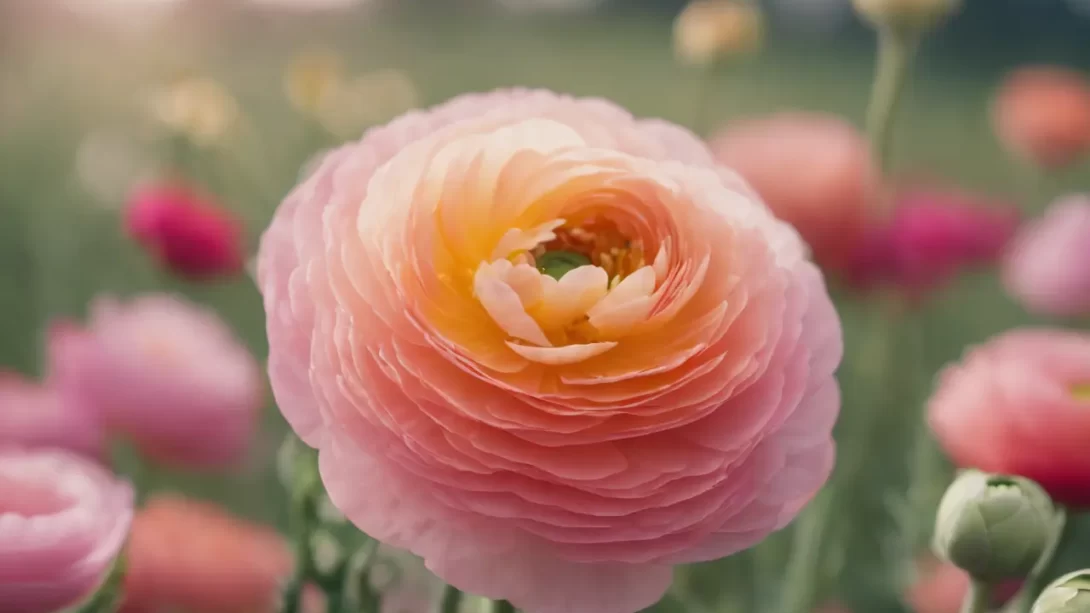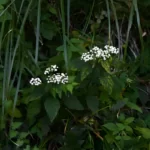Ranunculus, with their layers of delicate, crepe-paper-like petals, are a favorite among gardeners and florists alike. These stunning flowers bring a burst of color to gardens and bouquets. In USDA Hardiness Zone 6, with its distinct climate, planting ranunculus at the right time is key to ensuring a vibrant and healthy bloom. This guide will provide detailed insights into the best practices for planting ranunculus in this zone, enabling gardeners to enjoy their spectacular display.
The Zone 6 Climate
Zone 6, encompassing areas with winter lows between -10 to 0 degrees Fahrenheit, experiences a temperate climate with distinct seasons. The typical last frost date in the spring ranges from late March to early April, and the first fall frost occurs around mid-October. This climate dictates a specific window for planting ranunculus, as they are sensitive to extreme cold and heat. Understanding these temperature patterns is crucial for timing the planting of ranunculus bulbs, also known as corms, for optimal growth and blooming.
Selecting Ranunculus Varieties for Zone 6
When choosing ranunculus varieties for Zone 6, consider factors such as bloom time, color, and plant size. Varieties like ‘Tecolote’, known for their large, rose-like blooms, and ‘La Belle’, celebrated for a wide range of colors, thrive in this zone. Selecting a mix of early, mid, and late-season bloomers can extend the flowering period in your garden. Additionally, consider the height and spread of different varieties to ensure they fit well in your garden design.
Optimal Planting Times for Ranunculus in Zone 6
In Zone 6, the optimal time to plant ranunculus corms is in the fall, typically from late September to early November. Planting in the fall allows the corms to establish roots before the ground freezes. This timing also encourages an early spring bloom, capitalizing on the cooler temperatures that ranunculus prefer. If fall planting is not possible, ranunculus can also be planted in early spring, as soon as the risk of heavy frost has passed. However, spring-planted ranunculus may bloom later and have a shorter flowering period compared to those planted in the fall.
Preparing for Planting
Before planting ranunculus in Zone 6, it’s essential to prepare the soil properly. These flowers thrive in well-draining soil, as they are prone to rot in waterlogged conditions. Choose a sunny location, as ranunculus requires full sun to bloom profusely. Amend the soil with organic matter like compost or well-rotted manure to improve its structure and fertility. Ensure the pH of the soil is slightly acidic to neutral, ideally between 6.0 and 7.0. Proper soil preparation is a crucial step to facilitate healthy growth and vibrant blooms.
Planting Techniques
When it comes to planting ranunculus corms, a few key techniques can make a significant difference. Soak the corms in water for about 3-4 hours before planting to rehydrate them, which encourages sprouting. Plant the corms approximately 2 inches deep and 4 to 6 inches apart. The claw-like part of the corm should face downwards. After planting, water the corms thoroughly to settle the soil around them. However, avoid overwatering, as this can lead to rot. A layer of mulch can be added to help retain soil moisture and regulate temperature.
Care and Maintenance
After planting, ranunculus requires consistent care to ensure optimal growth. Water the plants regularly, keeping the soil evenly moist but not waterlogged. Overhead watering should be avoided to prevent diseases; instead, use drip irrigation or water at the base of the plants. As ranunculus begins to grow, a balanced, slow-release fertilizer can be applied to promote healthy foliage and abundant blooms. Keep an eye out for slugs and snails, which can be attracted to young ranunculus plants, and remove them promptly.
Winter Protection
In Zone 6, protecting ranunculus during the winter is crucial due to the risk of freezing temperatures. If ranunculus corms are planted in the fall, mulching heavily over the planting site can provide necessary insulation. Alternatively, corms can be lifted and stored indoors over winter and replanted in the spring. To lift corms, gently dig them up after the foliage has died back, clean off any soil, and store them in a cool, dry place until spring planting. This method ensures the corms are not damaged by severe winter conditions.
Managing Pests and Diseases
Ranunculus, like many garden plants, can be susceptible to pests and diseases, especially in the varied climate of Zone 6. Common pests include aphids and spider mites, which can be managed with insecticidal soap or neem oil. Diseases such as powdery mildew and root rot can occur, particularly in overly moist conditions. To prevent these issues, ensure good air circulation around the plants and practice proper watering techniques. Avoid overcrowding and remove any affected foliage promptly to prevent the spread of disease.
Harvesting and Enjoying Ranunculus
The beauty of ranunculus in bloom is a rewarding sight for any gardener. When the flowers are fully open, they are ready to be cut and enjoyed. For indoor arrangements, cut the stems at an angle early in the morning when they are most hydrated. Place them in water immediately to extend their vase life. Ranunculus can last up to a week in a vase, making them excellent choices for bouquets and floral displays. Deadheading spent blooms in the garden will encourage the plants to produce more flowers.
Conclusion
Planting and nurturing ranunculus in Zone 6 can be a fulfilling gardening endeavor. By choosing the right varieties, planting at the optimal time, and providing the necessary care and protection, you can enjoy a vibrant display of these exquisite flowers. Each season brings its learning experiences, so don’t hesitate to experiment with different planting techniques and varieties. With patience and care, ranunculus can be a stunning addition to your Zone 6 garden, bringing joy and color to your outdoor space.



